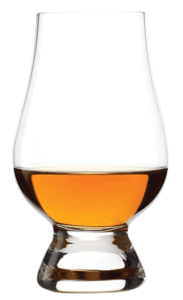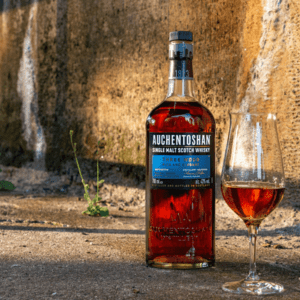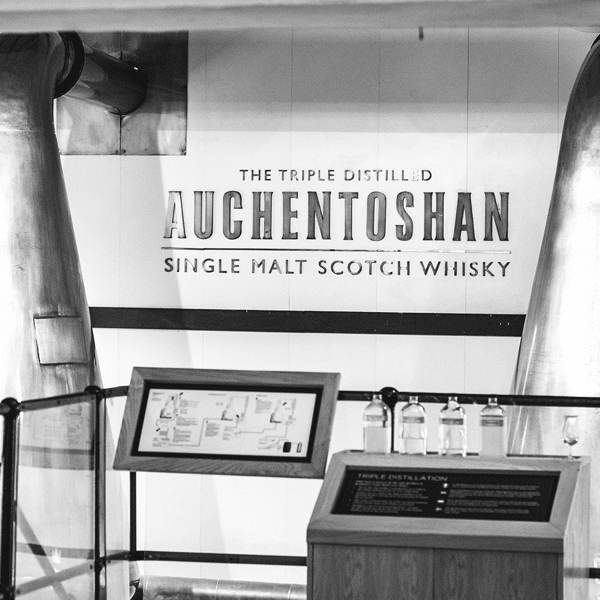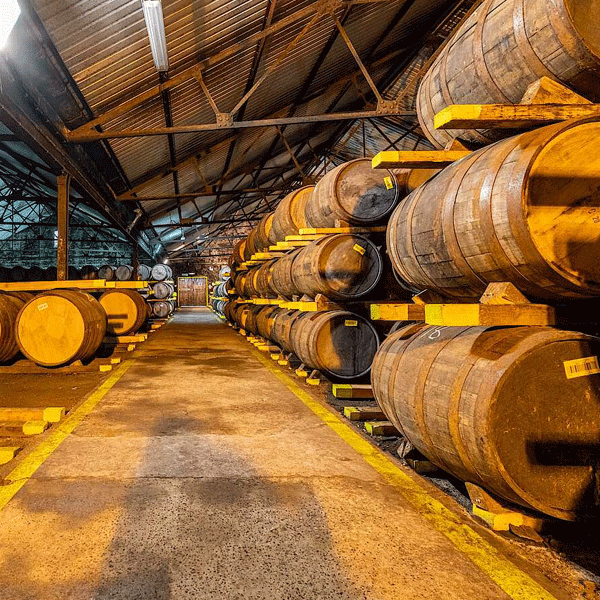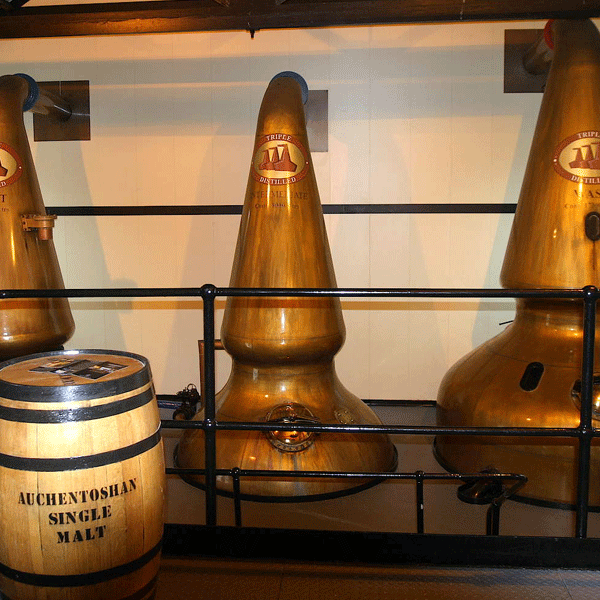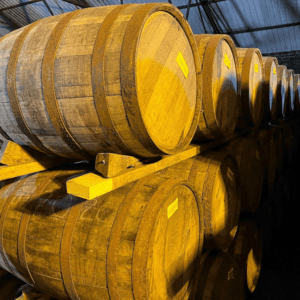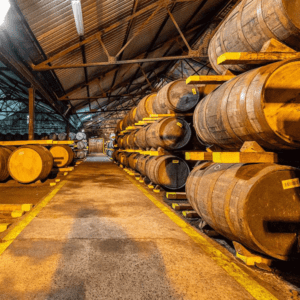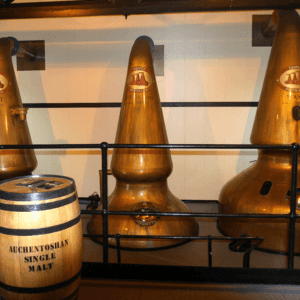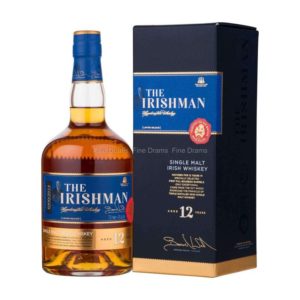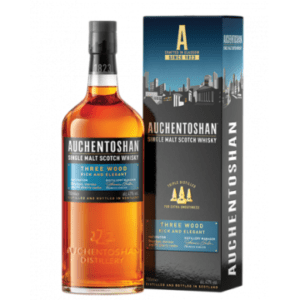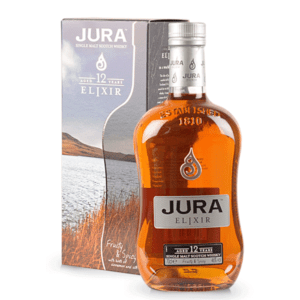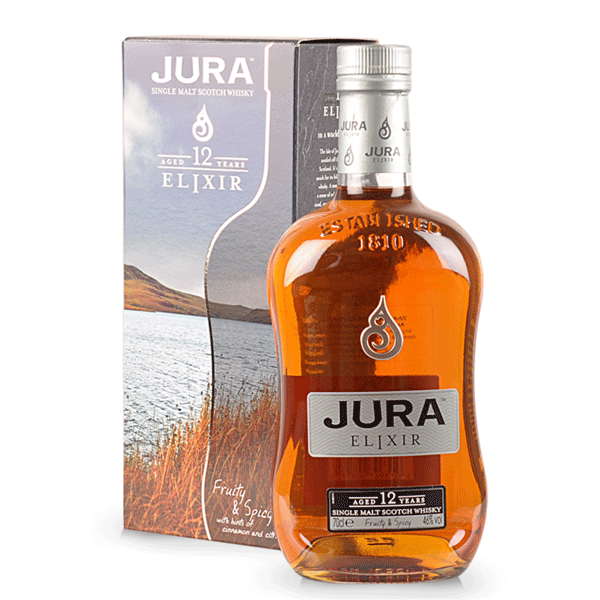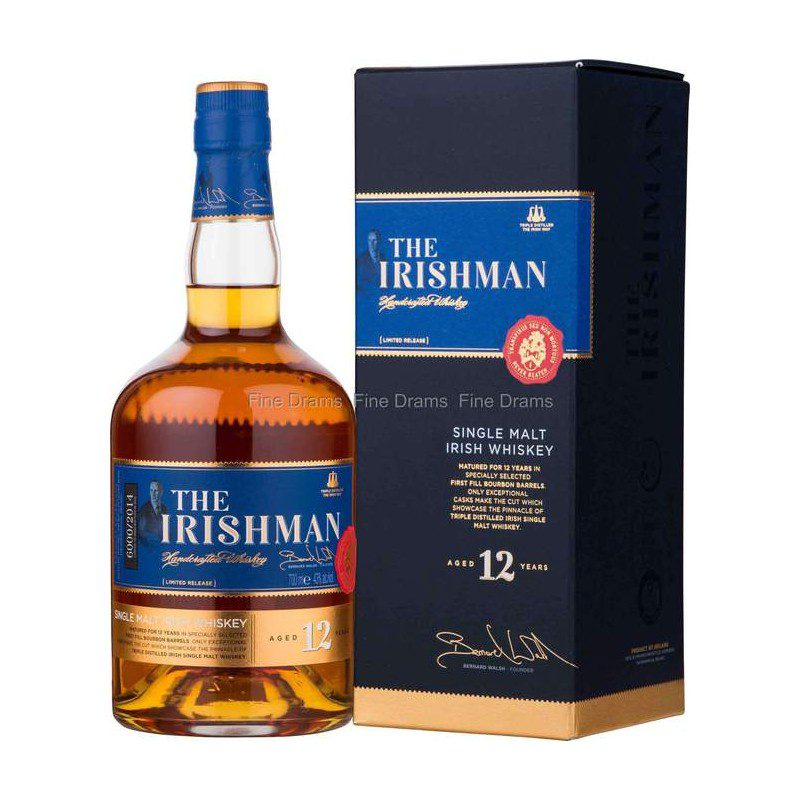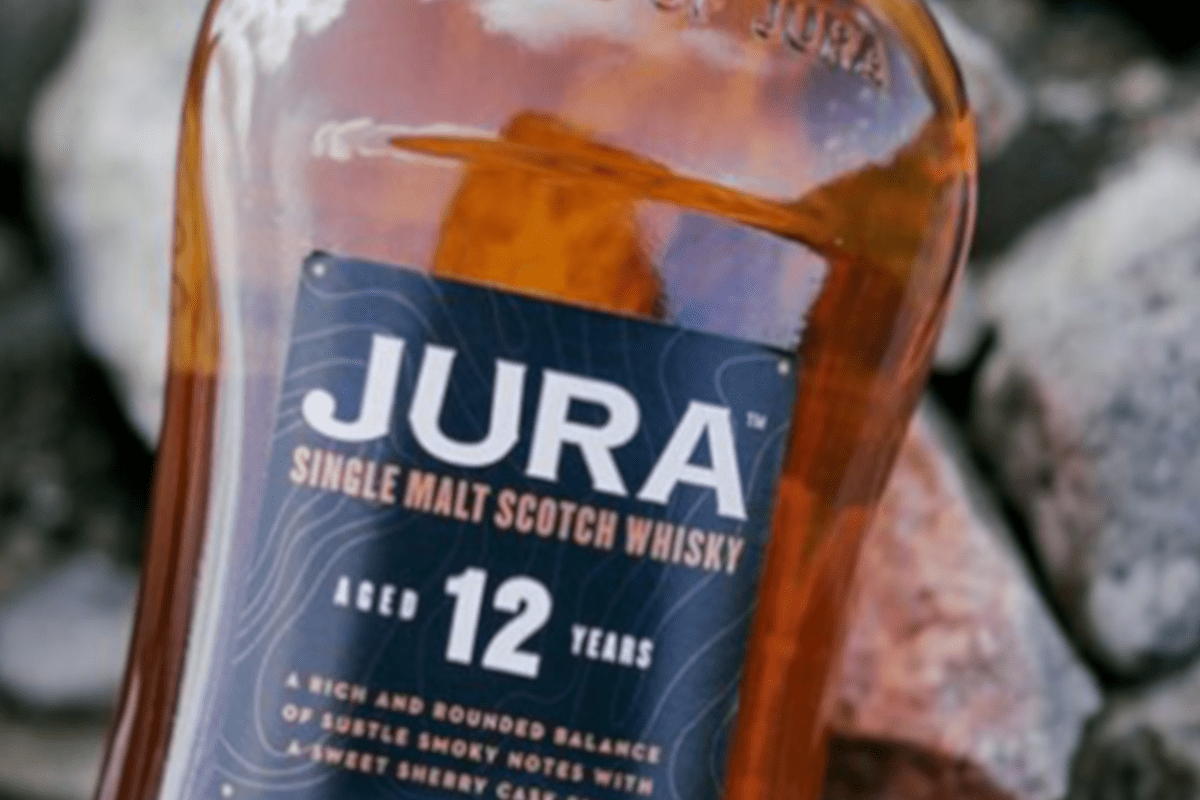Water is pas lekker als het gedestilleerd is.
Drink het met mate(n)
WHISKY
Er zijn meer dan 5.000 verschillende single malt whisky’s, per jaar worden er 1,2 miljard flessen verkocht.
In alleen Schotland liggen momenteel al ongeveer 20 miljoen vaten te rijpen voor botteling in de toekomst.
Slechts 8% van de Schotse whisky wordt verkocht als single malt, de rest wordt gebruikt voor het maken van blends.
De meeste whisky wordt momenteel per hoofd van de bevolking gedronken in Frankrijk, gevolgd door Uruguay en de VS.
Leuk om te weten
Whisky rijpt niet langer zodra het gebotteld is. Of je een fles nu 10 jaar laat liggen of niet, wanneer hij goed gebotteld is zal deze niet veranderen.
Whisky mag pas whisky worden genoemd wanneer het op zijn minst drie jaar lang gerijpt heeft.
De rokerige, medicinale smaken van de Islay whisky’s zoals Laphroaig, Lagavulin en Ardbeg wordt veroorzaakt door het gebruik van turf tijdens het productieproces.
‘New-make’ oftewel whisky voordat het whisky heet, is kleurloos.
De naam whisky komt van het woord Uisgea Beatha, wat levenswater betekent.
95-97% van de whisky rijpt in Amerikaanse bourbonvaten. De rest voornamelijk in ex-sherryvaten, vaten kunnen wel vier keer worden gebruikt om whisky te maken.
De meeste distilleerderijen waren van oudsher boerderijen of brouwerijen.
De verdamping van whisky gedurende het rijpen wordt ook wel ‘The Angels’ Share‘ genoemd. **
Johnnie Walker was een kruidenier in Kilmarnock die gespecialiseerd was in het maken van thee. Gelukkig voor ons begon hij op een gegeven moment midden 19de eeuw te experimenteren met whisky.
Volgens de overlevering was de eerste whisky een foutje. Het plan was om bier te brouwen, maar dit liep blijkbaar niet volgens plan, met whisky tot gevolg.
De vroege distilleerders beseften niet dat de methanol in whisky zeer schadelijk was voor drinkers. Zware drinkers raakten destijds vaak hun zichtvermogen kwijt. Hier komt de Engelse term ‘blind drunk’ vandaan.
George Washington, de eerste president van de Verenigde Staten, distilleerde zijn eigen whisky. In het jaar van zijn overlijden, 1799, was hij zelfs de grootste distilleerder van de Verenigde Staten.
De distilleerderij van toen in Virginia is gerestaureerd en er worden whisky samples verkocht aan toeristen.
** The Angels’ Share:
When whisky is slowly maturing in its cask, a small amount of whisky evaporates through the wood and into the atmosphere. Each year, roughly 2% of the liquid leaves the cask this way, so over the years we’ve come to think of this as a sacrifice to the heavens.
